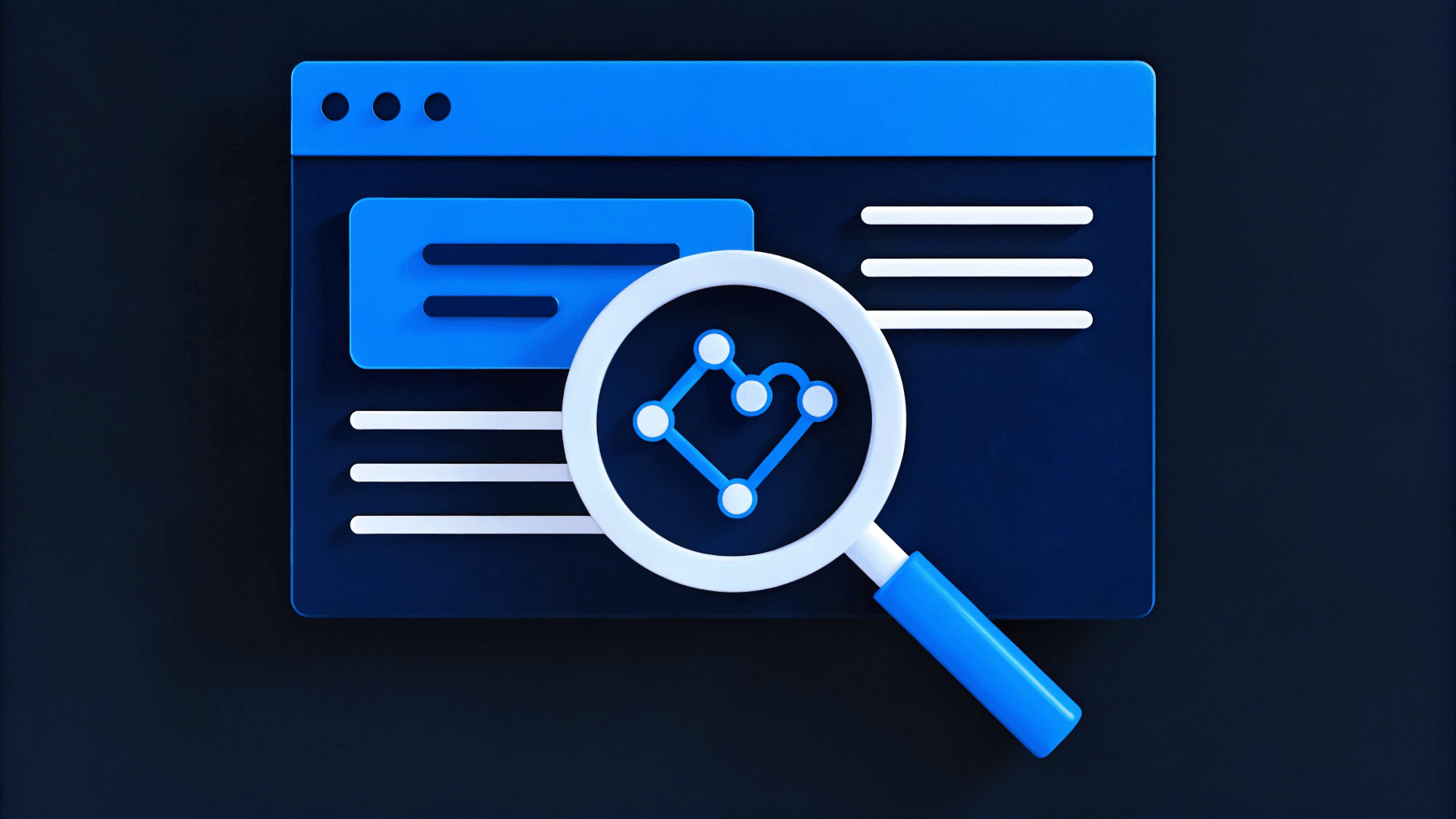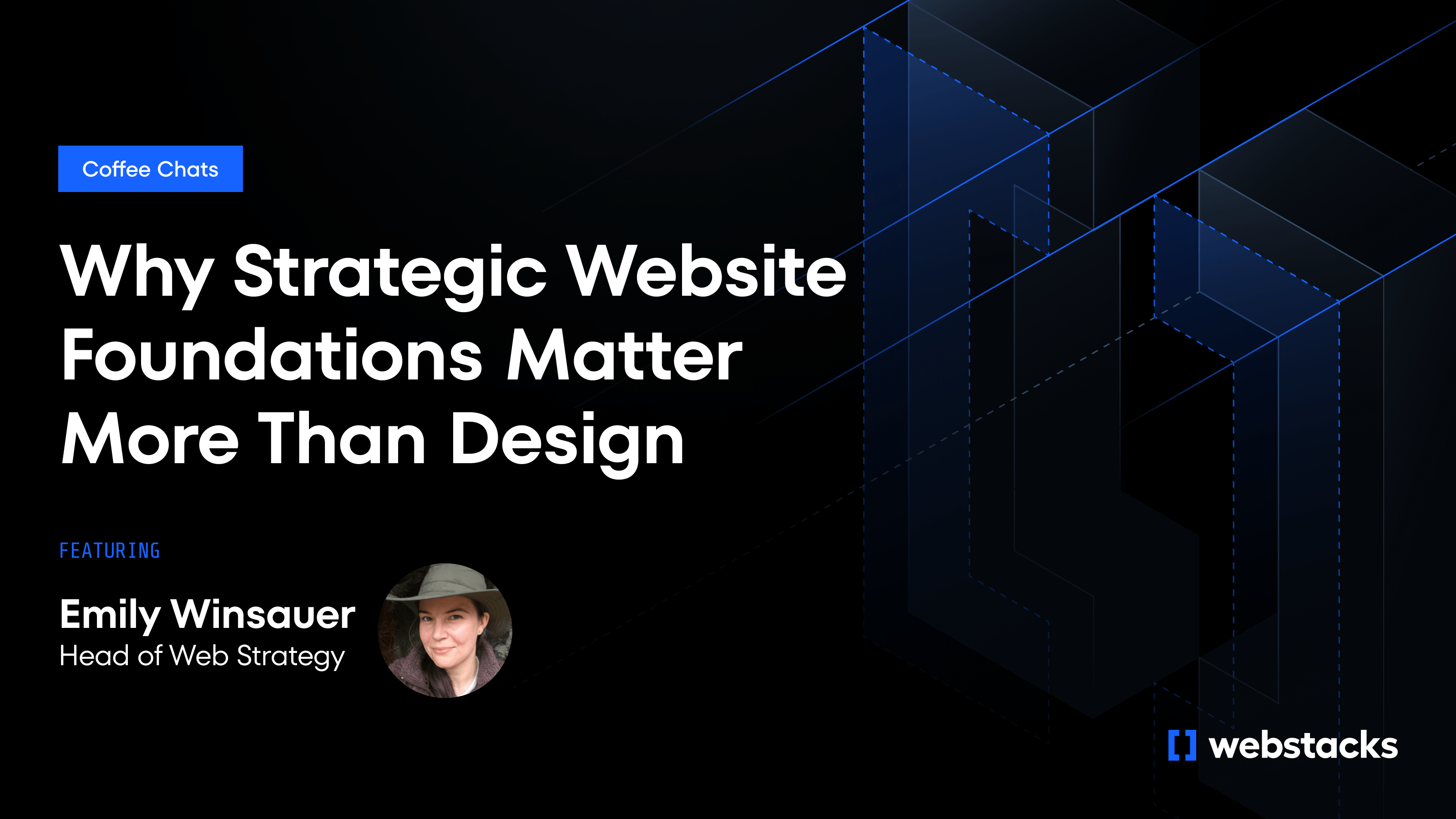A design hand-off that looks perfect in Figma can unravel in code, adding unplanned sprints and frustration on both sides. Misalignment between design and development can delay product launches, while mismatched terminology alone can derail entire features before they see daylight. Designers feel their vision fades during implementation. Developers feel blindsided by specs that ignore technical limits. You don't have to accept those trade-offs.

9 Essential Tactics For Better Collaboration
When designers and developers stay in sync, projects ship faster, look sharper, and perform better. Break that link and you pay with endless revision cycles, creeping deadlines, and code that's patched instead of planned. Widgetbook's review of common pain points lists miscommunication and late-stage rework as the two biggest schedule-killers. Zeplin's research on design-delivery gaps shows teams lose momentum whenever hand-offs happen in isolation.
1. Invite Developers on Day 0 of Design
Designers and developers shouldn’t work in separate lanes. If you wait until a design is “done” before getting engineering feedback, you’ll end up reworking it anyway.
Instead, involve developers from the first planning session. When they understand the goals and constraints early, they can flag any technical issues before design work goes too far. That saves time and avoids surprises.
Set up one kickoff for everyone (designers, developers, product managers) so the whole team is clear on priorities and limitations. Use joint discovery sessions to explore ideas together. Create a shared Slack or Teams channel to keep communication open. The earlier developers are involved, the fewer blockers you’ll hit later.
2. Align on Outcomes, Not Deliverables
Mockups and Jira tickets are part of the process, but they don’t tell you if the product is actually working. Designers and developers should agree on the results they’re aiming for. That could be faster load times, more sign-ups, or better accessibility. Pick a few shared goals, such as:
- Load time under two seconds
- 15% more trial sign-ups
- All new pages meet WCAG AA
- No bugs tied to new UI components
Talk about these goals in standups and retros, but go beyond checking boxes. Use them to unpack what’s working, what’s not, and why. Shared metrics create space for honest conversations about trade-offs, instead of defaulting to opinions or roles. Collaboration gets better when designers and developers have a shared stake in what success looks like. It shifts the conversation from “Did we build it right?” to “Is this the right thing to build?”
3. Build a Shared Language and Documentation Hub
Designers and developers often use different terms for the same thing, and it slows everything down. What a designer calls “visual hierarchy,” a developer might think of as “component state.” Without a shared reference point, miscommunication leads to rework.
A central documentation hub helps everyone stay on the same page. Use tools like Notion, Confluence, or Document360 to collect and co-edit definitions, specs, and examples in one place. Some tools even support live Figma embeds or code snippets, so context stays intact. Start simple:
- Build a glossary of common terms. Use clear language, and define any technical jargon in one line.
- Pair UI screenshots with code snippets so the intent and implementation are easy to connect.
- Create a basic component template with fields like name, purpose, design link, props, and edge cases to keep things consistent.
Start with what’s most reused or misunderstood, and expand from there. The more your team contributes to this hub, the less time you’ll spend clarifying intent and the more consistent your output will be across design and code.
4. Maintain a Living Design System
A design system is a shared library of components, styles, and rules. When both teams use the same source, there’s less confusion, fewer UI bugs, and faster delivery.
Start with the basics: typography, color tokens, and layout grid. Document how they should be used. Then add interactive components, pairing each one with a design spec, code example, and supported states. Tools like Storybook help by showing the design and code side by side. A single, reusable button saves more time than redrawing or rewriting it each sprint. But it only works if the system stays up to date.
Assign clear owners. Review and update the system regularly. Remove unused pieces and track changes in a public changelog so the team knows what’s changed. A working system cuts hand-off friction and lets teams focus on solving real UX and performance problems instead of chasing visual consistency.
5. Prototype Early, Prototype Together
When the whole team prototypes together, you catch issues earlier and make better decisions faster. Matching the level of detail to the type of decision helps everyone focus on what matters and avoid overworking unfinished ideas.
- Start with low-fidelity sketches to explore concepts quickly.
- Use mid-fidelity flows to sort out interaction details.
- Save high-fidelity prototypes for when you're fine-tuning animations, accessibility, and performance.
Run walkthroughs together. In one working session, a designer shared the intent behind each flow, then asked developers to flag edge cases in real time. That surfaced a missing state early and avoided a full sprint of rework. Set time aside for reviews at each stage of fidelity. Use those meetings to align, take notes, and document decisions with screenshots and code pointers in your shared hub.
Treat prototypes as a tool for shared problem-solving, not a polished hand-off. The sooner everyone sees the moving parts, the faster you can fix what’s missing.

6. Create Predictable Communication Rituals
Unplanned messages might feel efficient, but they often bury context and delay decisions. When updates live only in scattered Slack threads, blockers go unnoticed until they’ve already caused delays. Structured communication keeps work moving. A few simple rituals done consistently help teams stay aligned, raise issues early, and avoid unnecessary back-and-forth. Here’s a rhythm that works well:
- Daily updates: Use standups or short async check-ins. Keep it to three points—what’s done, what’s next, where you’re stuck.
- Weekly syncs: Block 30 minutes to walk through open questions or design-dev trade-offs. These are where most blockers get resolved.
- Milestone reviews: Demo real features, not slides. Invite the broader team to spot gaps before they become problems.
If time zones get in the way, record Figma walkthroughs or Loom videos instead of forcing live calls. The key is consistency. When everyone knows when and where to ask questions, you catch issues earlier and reduce the guesswork that slows teams down, especially during high-pressure projects like redesigns or migrations.
7. Pair and Cross-Train for Empathy
Design and engineering often get stuck on misunderstandings, not because anyone’s wrong, but because they don’t see the constraints the other side is working with. A quick pairing session can solve more than a long Slack thread.
Set aside time for short, focused sessions each sprint. A developer might walk a designer through a tricky layout bug, or a designer might explain why a Figma tweak changes the flow of a user task. These moments create shared understanding that speeds up future decisions.
As teams do this regularly, their vocabulary starts to overlap. Designers learn how a small interaction can turn into hours of extra dev time. Developers start to notice how spacing or hierarchy affects usability and conversions. Keep it lightweight:
- Shadow sessions during sprint planning or bug triage
- Informal Friday demos where people show a workflow or tool they rely on
- Monthly show-and-tells focused on things like performance trade-offs or accessibility
These habits don’t need to be formal or time-consuming. They just need to be consistent. When people understand each other's work better, feedback gets sharper, hand-offs get smoother, and fewer things break at the last minute.
8. Bake Feedback and QA into Every Sprint
When feedback comes after development is finished, it usually leads to reopened tickets, rushed fixes, and missed deadlines. Waiting too long turns small issues into big delays.
Instead, build feedback into the sprint from day one. Designers, developers, and QA should all review work early and often; before it’s merged, not after. That’s when fixes are fast and feedback still shapes the final result. Keep the process simple:
- Add design changes, QA checks, and bug fixes to the same sprint backlog.
- If a prototype shifts, log it as a ticket, tag the dev, and discuss it in stand-up.
- Use shared Slack threads or Figma comments to flag issues in real time, don’t wait for handoffs.
At the end of each sprint, hold a short QA walkthrough. Review the live build together, flag anything off, and move any gaps straight into the next sprint. When feedback is part of your weekly workflow, launches go faster, and quality doesn’t suffer under pressure.
9. Measure Collaboration Health and Iterate
When projects slow down, it’s rarely due to a single ticket or missed stand-up, it’s often a pattern that goes unnoticed. A lightweight dashboard can help spot those patterns early. Start with two workflow metrics:
- Cycle time: How long it takes to ship a ticket from first commit to production.
- Design-to-dev lag: How much time passes between Figma approval and the first line of code.
If either one starts trending up, it usually means something’s blocking the team—misalignment, unclear specs, or last-minute changes. Then track quality signals:
- Design churn: How often a screen goes back to design after development starts.
- Escaped defects: Bugs caught by users instead of your team.
High numbers in either suggest breakdowns in review, QA, or shared understanding. To round it out, run a quick pulse survey at the end of each sprint. Ask about meeting value and blockers; two questions, five minutes max. Review trends in retros, pick one issue to fix, and adjust the workflow.
How Webstacks Bridges the Gaps Between Design and Developers
Three core practices make the difference: early pairing, shared documentation, and tight feedback loops. Webstacks builds these into every project so teams move from concept to deployment without the usual friction.
The team works from a single toolbox. Collaborative platforms like Figma for design, Storybook for coded components, a headless CMS for structured content, and Notion for living specs give designers and engineers identical reference points. Using a platform like Contentful means designers can preview copy in real layouts while developers model content once and reuse it across pages. Visual editors such as Storyblok let both sides spot component issues before they hit production.
Feedback happens while the work is still malleable. Designers walk through prototypes with engineers each sprint, catching feasibility snags long before code freeze. This approach reduces hand-off revisions and creates smoother launches.
Cross-disciplinary empathy drives the culture. Regular pairing sessions and shared retros build mutual understanding. Real-time designer-developer pairing shortens QA cycles and improves code quality.
The result: faster timelines, tighter UX, and code that matches the mock-ups. When you need a team that treats collaboration as growth infrastructure, Webstacks delivers the partnership that moves projects forward.




